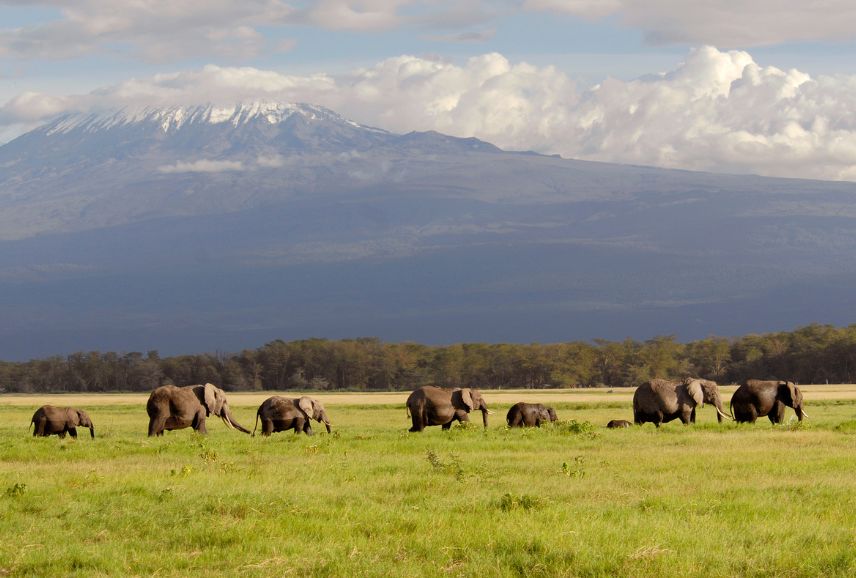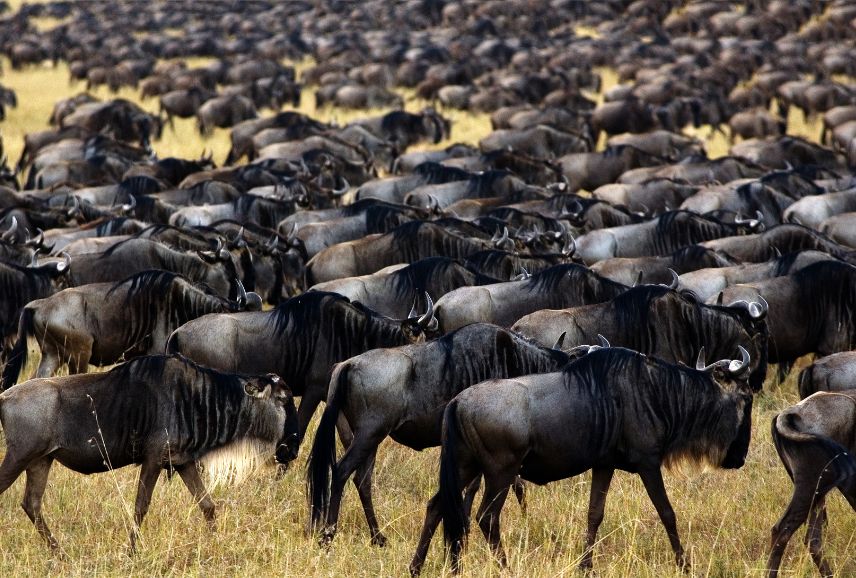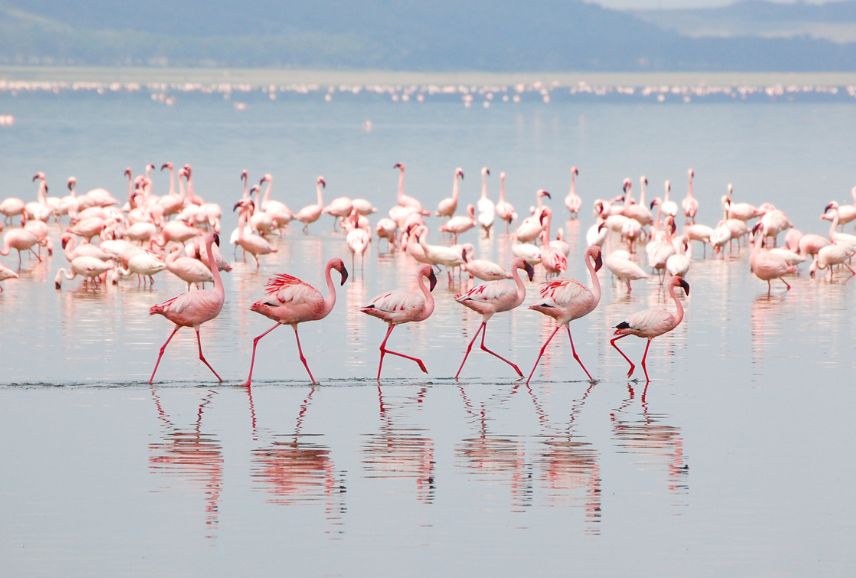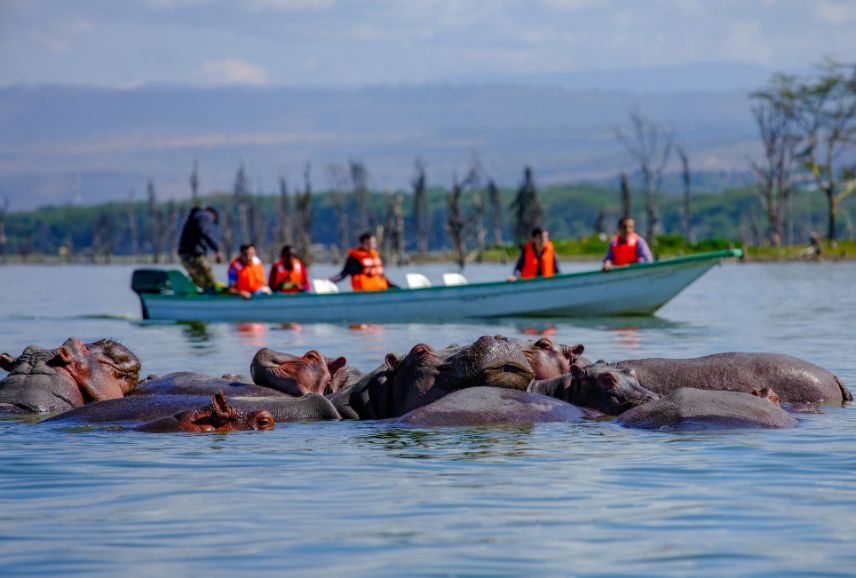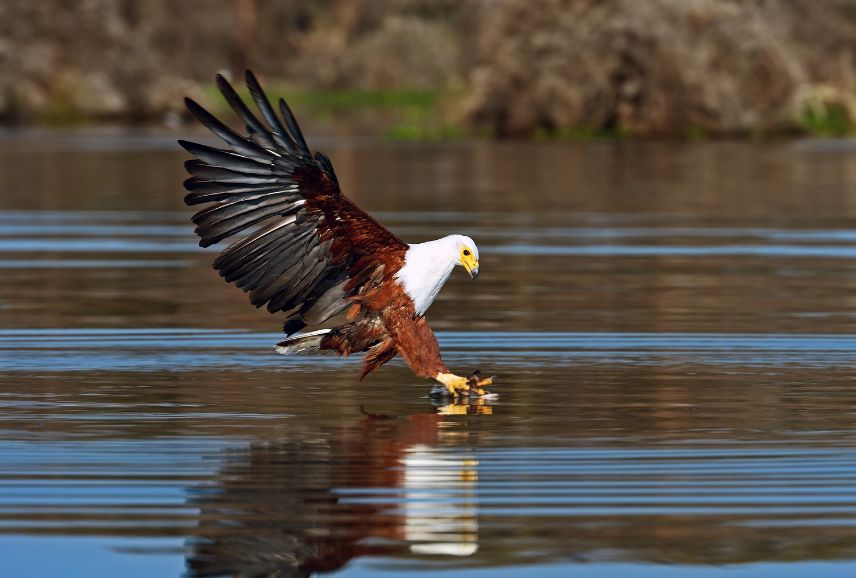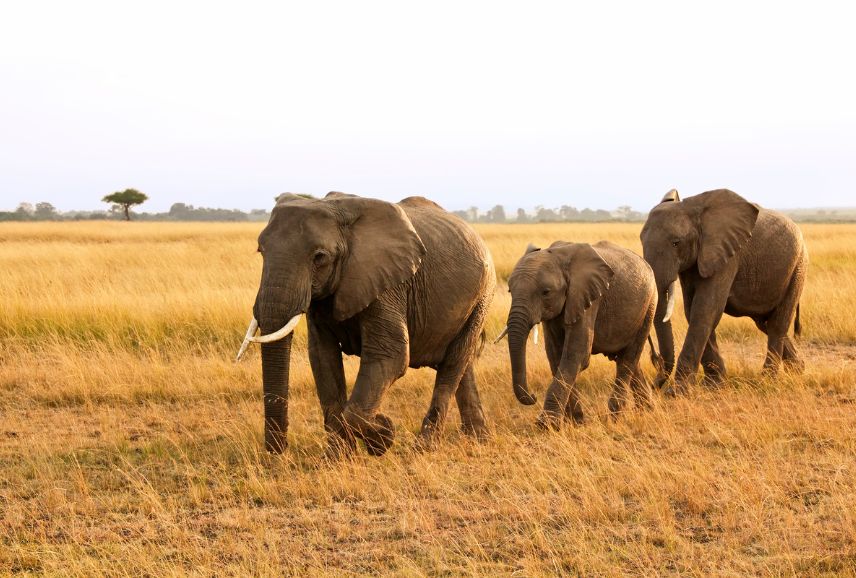Every year, one of the most extraordinary natural events takes place on the African savannah, captivating the hearts and minds of those fortunate enough to witness it. The wildebeest migration, often referred to as the “Greatest Show on Earth,” is a breathtaking spectacle of life, death, and renewal that unfolds across the vast plains of East Africa.
Stretching from the Serengeti National Park in Tanzania to the Masai Mara National Reserve in Kenya, the wildebeest migration is a cyclical journey that involves over a million wildebeests, zebras, and gazelles. This awe-inspiring event is driven by the search for fresh grazing and water sources, as the animals follow the rhythm of the seasons.

The journey begins in the southern Serengeti, typically around January or February, when the calving season commences. The vast herds gather on the open plains to give birth to their young, taking advantage of the abundance of nutrient-rich grass. This period is both a time of vulnerability and opportunity, as predators lurk nearby, ready to capitalize on the vulnerability of newborns.
As the dry season approaches, around May or June, the dwindling water and grazing resources prompt the herds to start moving northward in search of greener pastures. The crossing of the Grumeti and Mara Rivers is a particularly perilous part of the journey, as crocodiles lie in wait for the unsuspecting travelers. Yet, driven by the primal instinct for survival, the wildebeests surge forward, creating scenes of chaos and courage that are etched into the minds of onlookers.
By July, the herds have typically reached the Masai Mara in Kenya. Here, they find an oasis of grasslands and fresh water, providing them with a brief respite from their arduous journey. The Mara’s open plains are witness to breathtaking river crossings, as the wildebeests and zebras attempt to navigate the rushing currents and the lurking predators.
As the dry season ends and the rains return, usually around October, the herds begin their journey south once again. This cycle of life, death, and renewal has continued for countless generations, shaping the landscapes and ecosystems of East Africa in profound ways.
The wildebeest migration is not only a testament to the remarkable adaptability and resilience of these animals but also a stark reminder of the delicate balance of nature. It serves as a powerful symbol of the interconnectedness of all life forms and the intricate dance between predator and prey, life and death.
For those fortunate enough to witness this natural spectacle, it is an experience that transcends words. The thundering hooves, the dust clouds, the raw emotions of survival, and the quiet moments of contemplation as the herds graze under the African sun—all of these elements come together to create a symphony of life that leaves an indelible mark on the soul.
In a world filled with technological marvels and modern conveniences, the wildebeest migration serves as a humbling reminder of the primal forces that have shaped our planet for millennia. It is a living testament to the wonder and beauty of the natural world, a reminder that there are still mysteries to be explored and marvels to be witnessed, right under the vast African skies.
